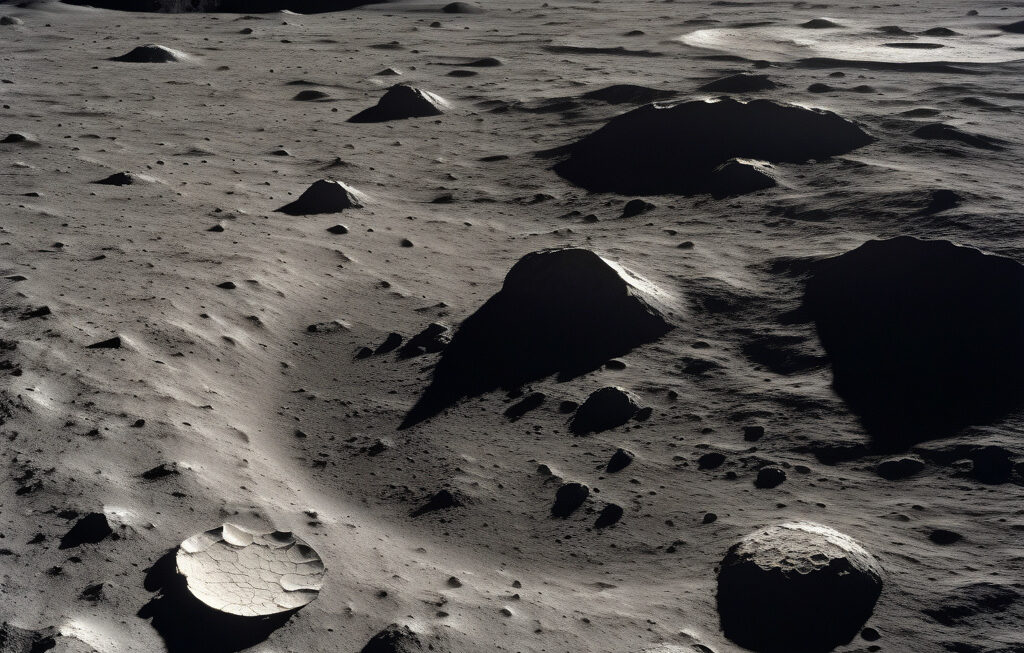3I/ATLAS: A City-Sized Alien Spacecraft or Simply the ‘Coolest Comet’ Ever Seen?
In an impressive illustration of the enormity of space, NASA recently discovered a space rock that has sparked both curiosity and debate among astronomers and scientists. Named 3I/ATLAS, this celestial object has captured the attention of the scientific community due to its unusual characteristics and behavior. Is it a city-sized alien spacecraft, as some have speculated, or is it simply the “coolest comet” ever observed?
First observed by the NASA-funded Asteroid Terrestrial-impact Last Alert System (ATLAS) in 2019, 3I/ATLAS is unlike any other comet or asteroid previously identified. Its elongated shape and non-gravitational acceleration have led some researchers to consider alternative explanations for its origin and purpose. Could this be evidence of extraterrestrial technology at work, or are there natural phenomena at play that we have yet to fully understand?
One of the most intriguing aspects of 3I/ATLAS is its size. Estimated to be a few hundred meters long, this space rock is significantly larger than the average comet. Its elongated shape has led some to speculate that it could be artificial in nature, resembling a spacecraft more than a traditional comet. While the idea of a city-sized alien vessel may seem like something out of science fiction, the possibility cannot be entirely dismissed given the current limitations of our knowledge about the universe.
Furthermore, the non-gravitational acceleration exhibited by 3I/ATLAS has puzzled scientists. Most comets and asteroids follow predictable trajectories influenced by gravitational forces. However, this particular object has shown deviations from expected paths, suggesting that external forces may be at work. Could these anomalies be the result of propulsion systems guiding the object, or are there natural explanations that we have yet to uncover?
Despite the speculation surrounding its origins, 3I/ATLAS continues to exhibit comet-like behavior in some aspects. The presence of a coma and a tail, typical of comets as they approach the sun, indicates that this object shares similarities with other celestial bodies in our solar system. However, its unique combination of features sets it apart and raises questions about its true nature.
As scientists continue to study 3I/ATLAS and gather more data, the debate over its classification persists. Is it a city-sized alien spacecraft, a comet unlike any other, or something else entirely? The search for answers drives research efforts and pushes the boundaries of our understanding of the cosmos.
In the vast expanse of space, discoveries like 3I/ATLAS remind us of the mysteries that still await exploration. Whether it turns out to be a groundbreaking find or a cosmic coincidence, this enigmatic object serves as a testament to the boundless wonders of the universe.
#NASA, #3IATLAS, #SpaceDiscovery, #AlienSpacecraft, #CometDebate











